Steve Kawamura was stumped. As the executor of his Aunt Cheryl and Uncle Andy’s estate, he happened to find a simple wool gray blanket in the trunk of their car. The blanket had been lovingly maintained through the years and was in immaculate condition, despite being more than 75 years old.
Why would they keep that old thing around, the paramedic from Hamilton, Ont., thought, and treat it like some treasured heirloom?
He was further surprised when he examined their will and found out that they had bequeathed their entire estate to The Salvation Army.
Little did he realize that there was an important connection between the two.
Unspoken Secrets
As Steve started reminiscing with his surviving relatives, he realized that every one of them also had a similar grey blanket in their possession.
Searching his memory, Steve recalled seeing these blankets at the homes of other aunts and uncles, on both sides of his extended Japanese family, and at his grandmother’s.
In answer to his questions, the older members of his family started sharing their stories, stories he had never heard before.
“They had never spoken about it to anyone—until now.”
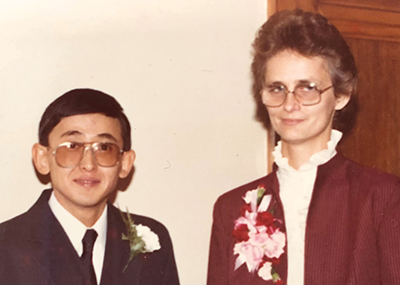
A Shameful Legacy
After the attack on Pearl Harbor in 1941 brought Japan into the war on the side of the Axis, Allied governments interned Japanese people suspected of harbouring enemy sympathies, citizens or not. The Canadian government was no exception and, in 1942, they relocated thousands of Japanese Canadians inland, confiscating their property. It was a deplorable episode in Canadian history.
Steve’s family were caught up in these events and spent four years in internment camps. At the end of the war, they had to rebuild their lives in the face of indifference and discrimination from their fellow Canadians.
“For the older members of my family, it was something that was extremely shameful for them to bring up,” explains Steve.
Precious Keepsakes
But again and again during Steve’s chats with his relatives, one constant stood out in the events being recounted. Their tone of voice changed as soon as The Salvation Army came up.
“When my family talked about the past, a recurring comment they all made was, ‘The Salvation Army was there,’ ” says Steve. “They were shunned by their communities because of their race, but The Salvation Army opened up their arms to my people, without prejudice or precedent.”
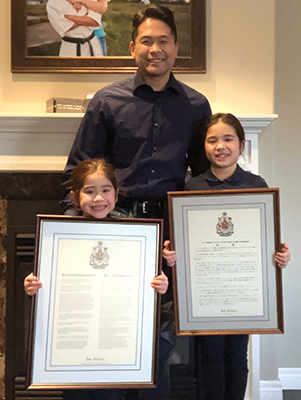
As well as food, clothing and other assistance, he found out that blankets had been supplied to his family by The Salvation Army.
“It was the only thing that kept me warm,” one of Steve’s aunts told him. “The Salvation Army were the only ones to put clothes on our backs,” another relative said. “With their attitude and their acceptance, they helped us out in our time of need.”
And every blanket had been kept by the families in grateful remembrance.
Poignant Ceremony
Once Steve realized how much The Salvation Army had helped his family, his aunt and uncle’s wishes made perfect sense.
“They wanted their money to go where it would be used to help those most in need, just as they had been helped.”
He was determined to honour his aunt and uncle’s wishes, but to do it in a way that would also honour The Salvation Army.
“When my family talked about the past, a recurring comment they all made was, ‘The Salvation Army was there.’ ” STEVE KAWAMURA
So Steve contacted Major Bradley Donais, the pastor at The Salvation Army’s Winterberry Heights Church in Stoney Creek, Ont., near Hamilton, where both sides of Steve’s family had settled after the war.
“I met Steve Kawamura at his Aunt Cheryl’s funeral, conducted in the middle of the pandemic,” remembers Major Bradley. “The spring interment took place later at White Chapel Cemetery with a small family gathering. Here, Steve mentioned that his aunt and uncle’s estate was to be given to The Salvation Army.”
On a Wednesday evening this past March, with three of his aunts in attendance, Steve and his two daughters, Kohana and Minako, walked down the Winterberry Heights worship hall, carrying a cheque on the Salvation Army blanket, where it was received by a grateful Major Bradley.
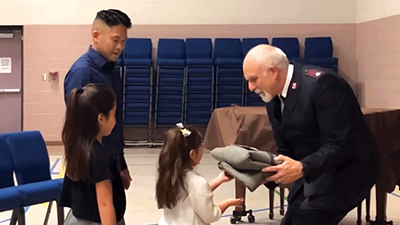
Important Reminder
“I was overcome with emotion as I watched three generations of the Kawamura family walk toward me at the church that evening,” says Major Bradley. “I remember thinking that this generous donation was all in response to a kind gesture given nearly 80 years ago.”
The ceremony took no more than 20 minutes, but it was important for Steve that his daughters were a part of it.
“My aunt and uncle left a legacy of kindness and generosity,” says Steve, “and giving back to a group that was so kind to us, so that they can do more good, is something I want my daughters to always remember.”
“The family took the blanket home with them, a treasure and a memory of the help they received from The Salvation Army,” concludes Major Bradley. “It was a reminder to me that what we are able to do for others may seem small in the moment, but God can take that and make a huge impact on generations to come.”
Photos: Courtesy of Steve Kawamura
Internment History
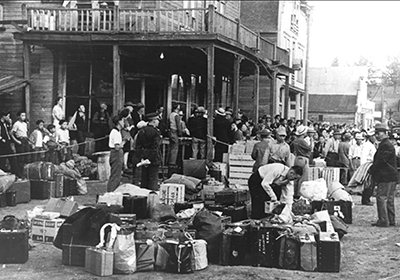
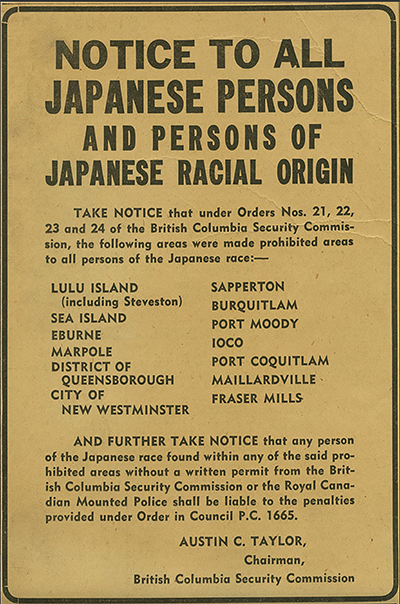
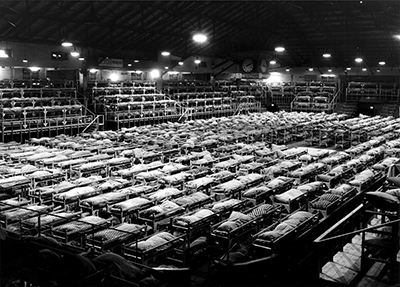
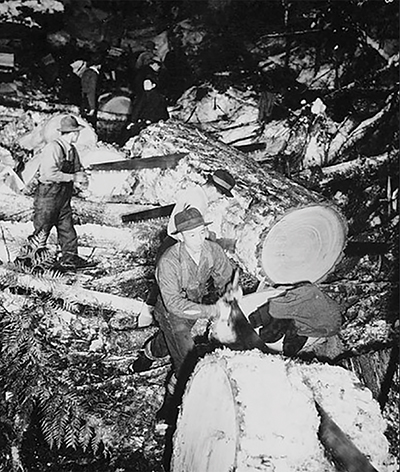
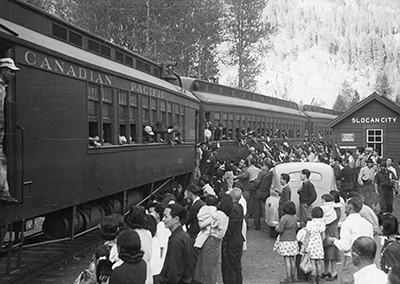
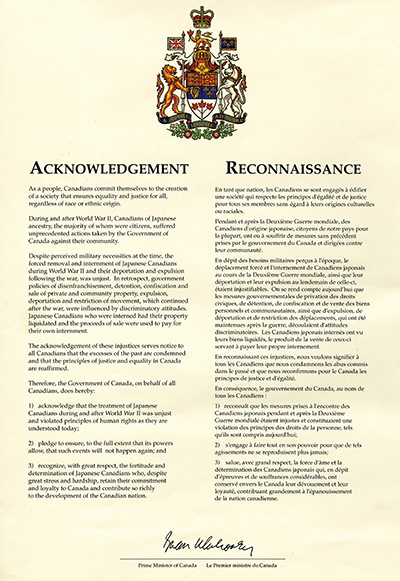
This story is from:




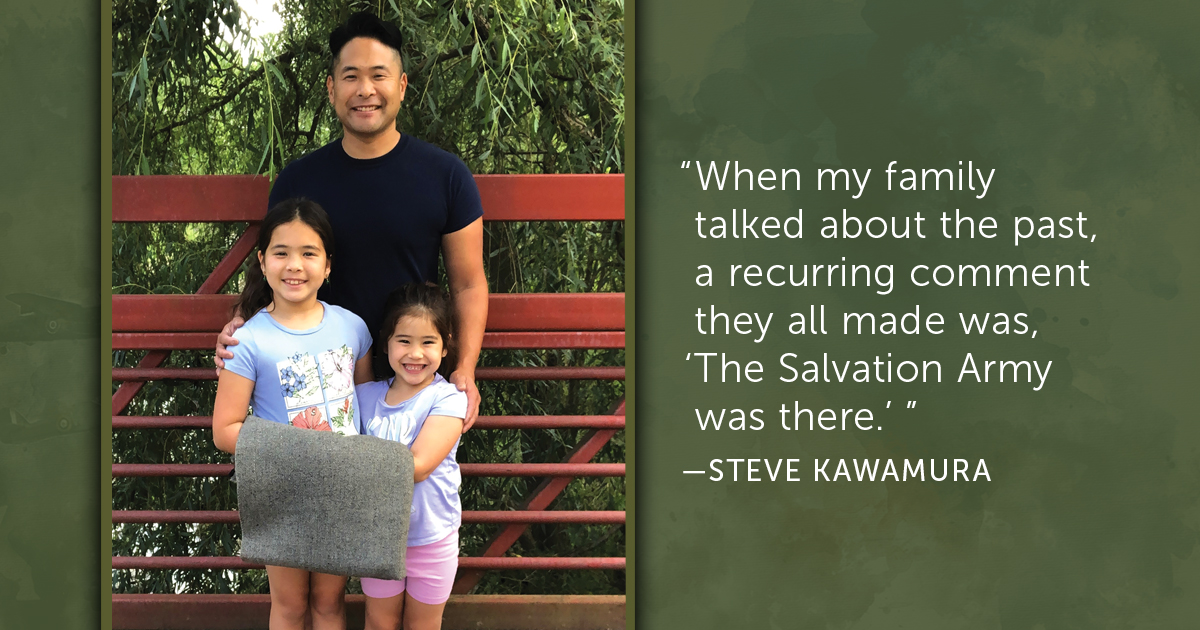

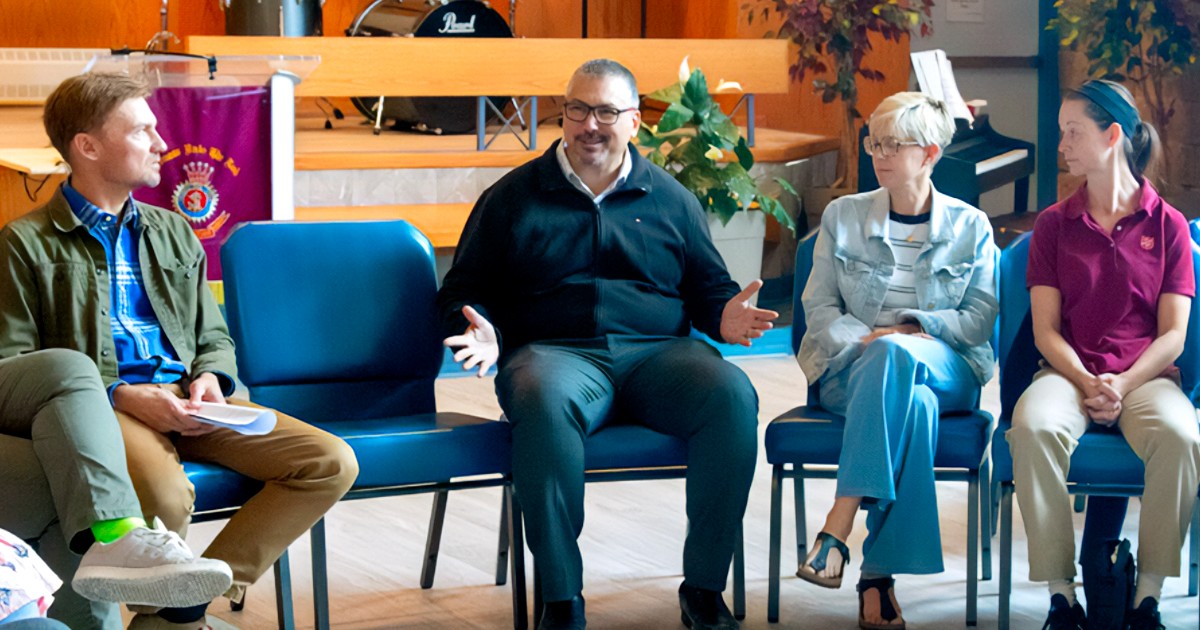
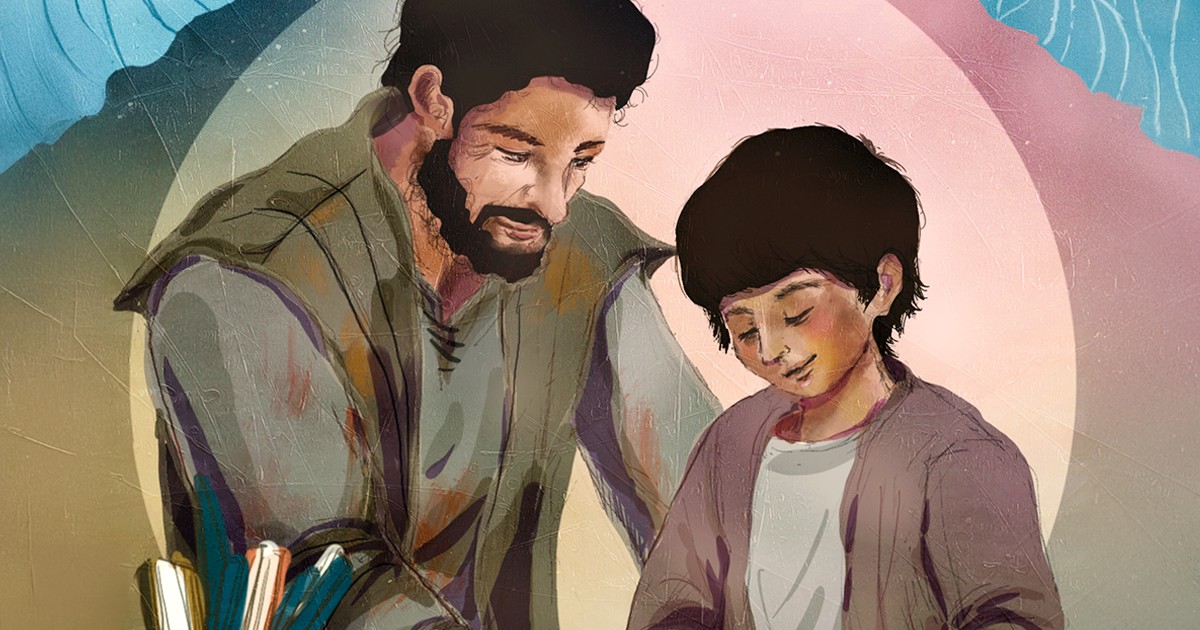


I absolutely love this story. Lord bless and keep these friends. Lord bless the Salvation Army throughout the world for Your kingdom glory.